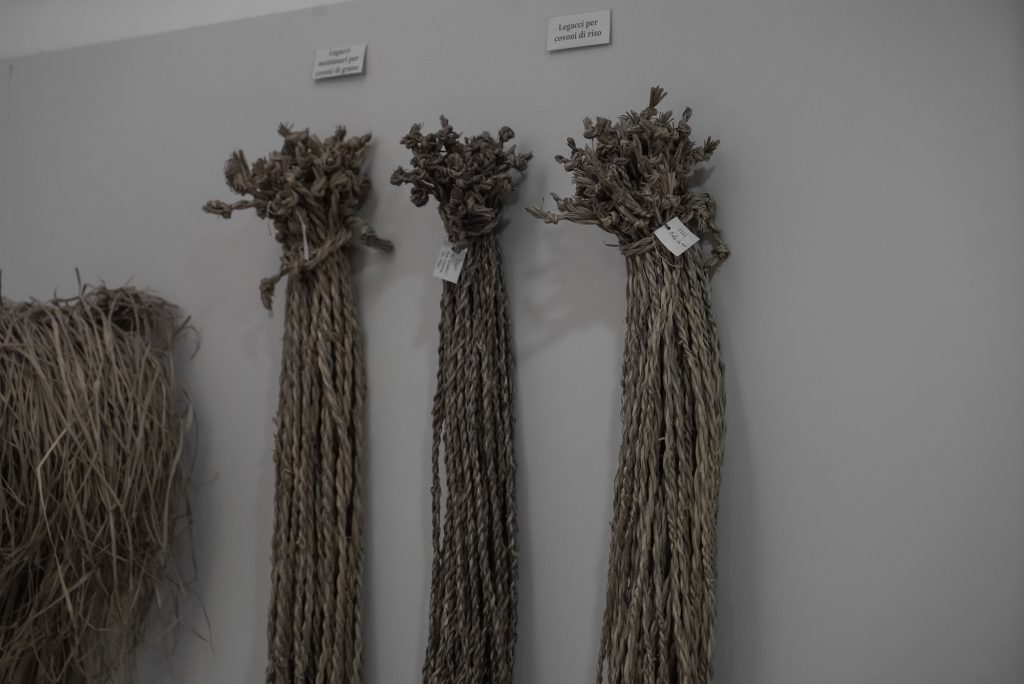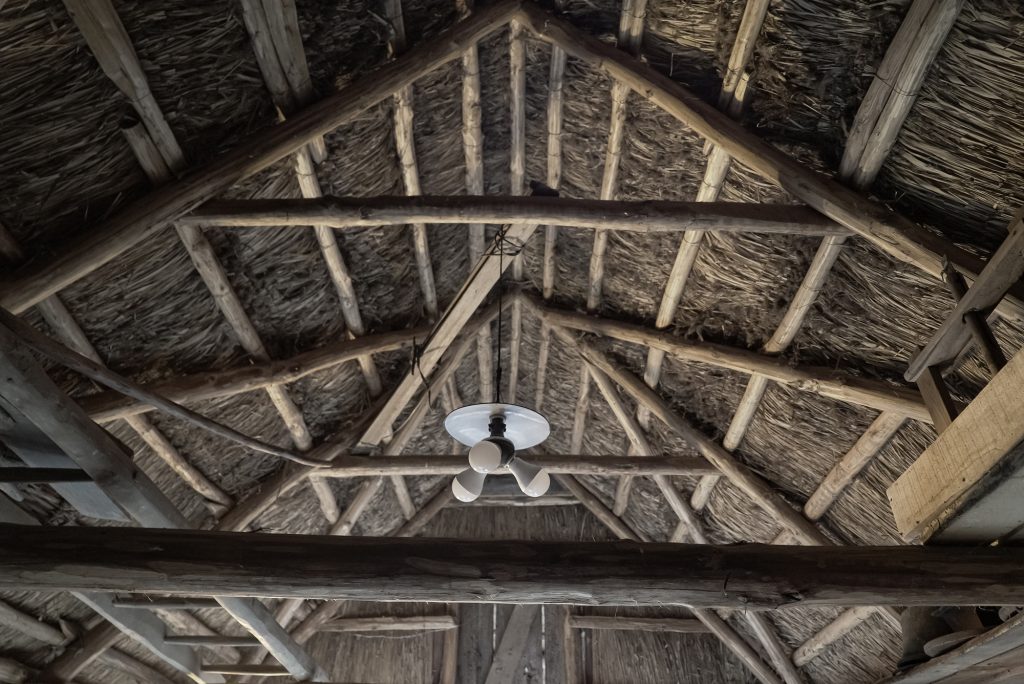Artists-in-residence Sonia Levy, Heather Anne Swanson, Meredith Root-Bernstein and Alexandra Arènes recently visited Ecomuseo delle Erbe Palustre to learn more about the traditional use of wetland plants. In May, they plan to return to follow up on their investigations through a workshop.
Levy shares:
Our project on nature-based solutions for the Venetian Lagoon looks at, amongst others, wetland plants and their importance in sustaining the ecology of Venice.
Amidst the many strands of our initial inquiry, we are interested in learning more about the traditional use of wetland plants, especially tall grasses like reeds, rushes, and sedges used to make everyday objects and small-scale architecture. These traditional crafts demanded intimate knowledge of wetland ecology but are also an interesting example of living in and from wetlands in sustainable ways, i.e., relying on the wetlands’ well-being to subsist.
Although they form part of a way of living that seems long lost, we may need to go back and examine some of these cosmologies to build and establish new ones. What knowledges have been lost and why? Which ones can be revived” or may still exist in the margins? How can we braid knowledges to reweave worlds?
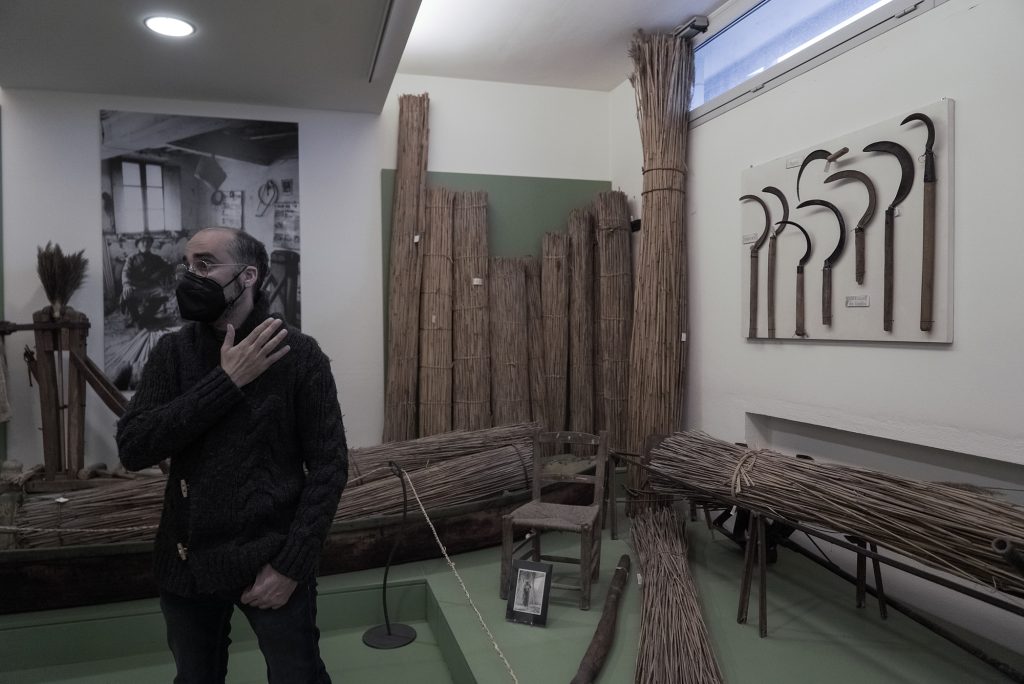
Although located further up in the Po Delta area, the Ecomuseo delle Erbe Palustre in Villanova di Bagnacavallo still holds a significant repository of wetland plant crafts and objects that may be comparable to what once existed in Veneto. The plants were weaved to build essential domestic objects like baskets, chairs, beds and brooms. They were also used to build crabs and fish traps, cages for birds, mats to store and protect salt, and ropes, to name a few. Reeds were also used to build moveable thatched huts called casonis, which were mainly used by workers and fishermen in the early 20th century but may have been some of the early housing of people living alongside wetlands in the Po Delta and further in the Veneto region.
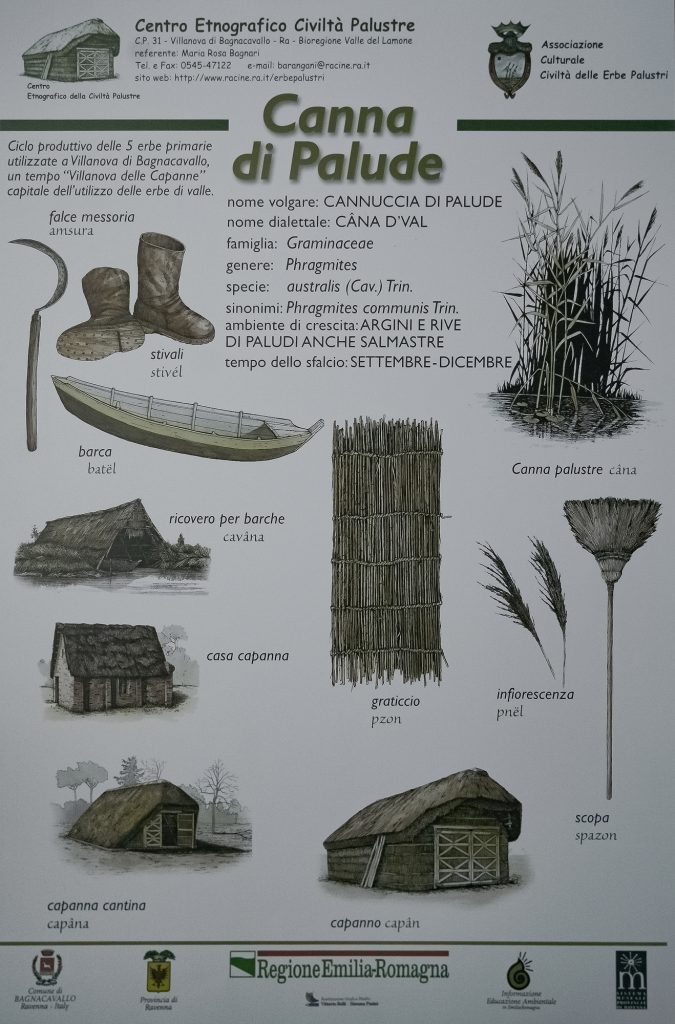
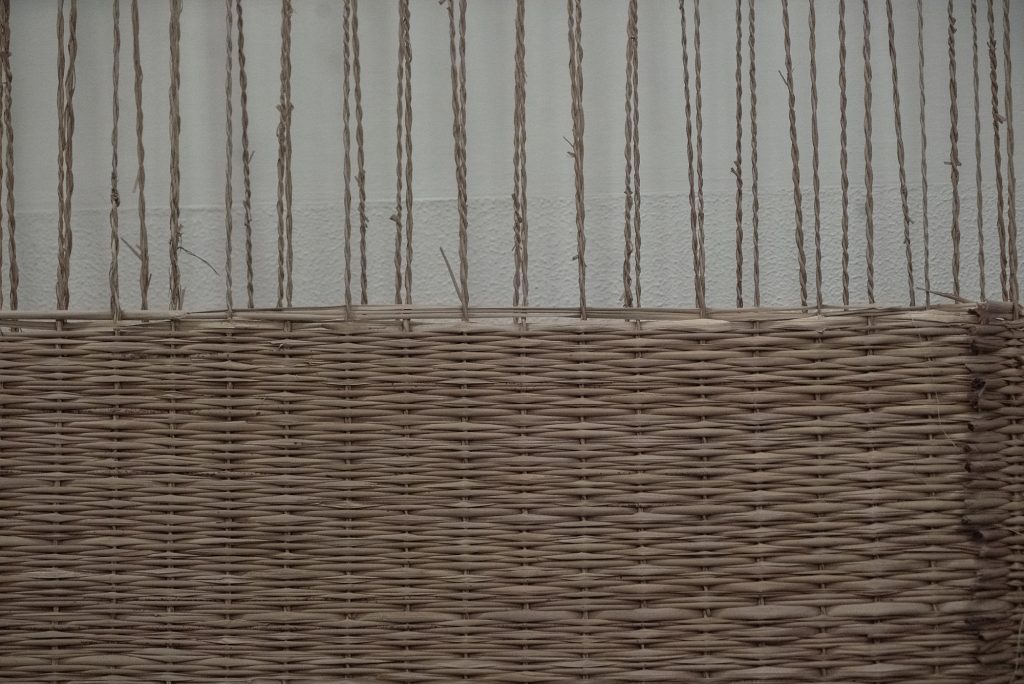
These techniques have largely been lost due to the disappearance of wetlands which occurred during the intensive land reclamation and modernisation projects of the mid-20th century. After that period, some wetland plant craft artefacts may have been burned as, we were told, they represented a time of poverty, war, and hardship.
Although the Ecomuseo teaches reed crafts, today’s institution struggles to obtain wetland plants as very few still grow in the area – a few patches develop here and there along the edges of the drainage canals – and due to the legal inaccessibility of protected wetlands reserve.
